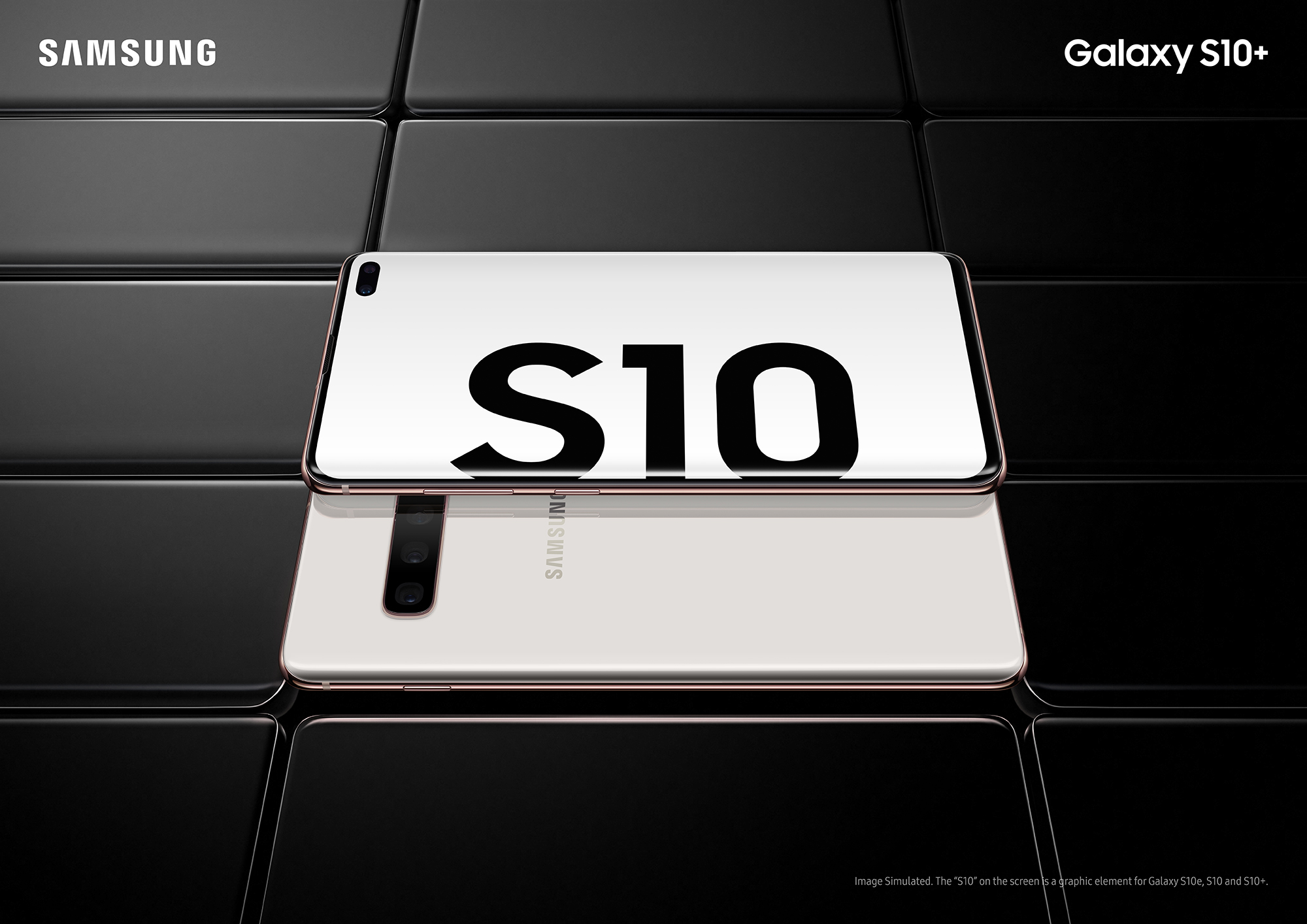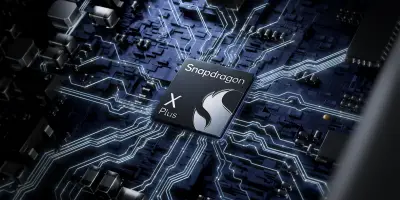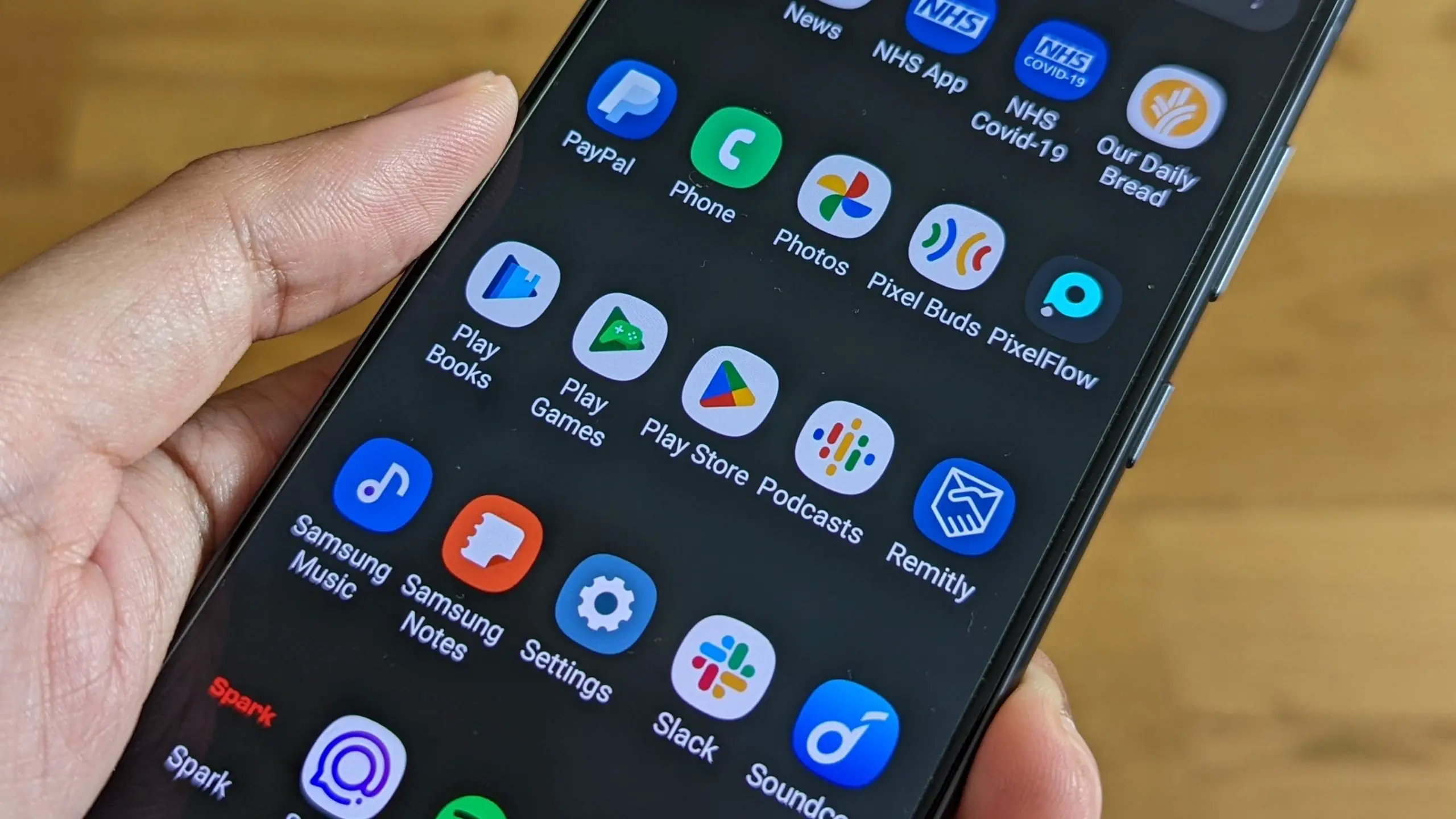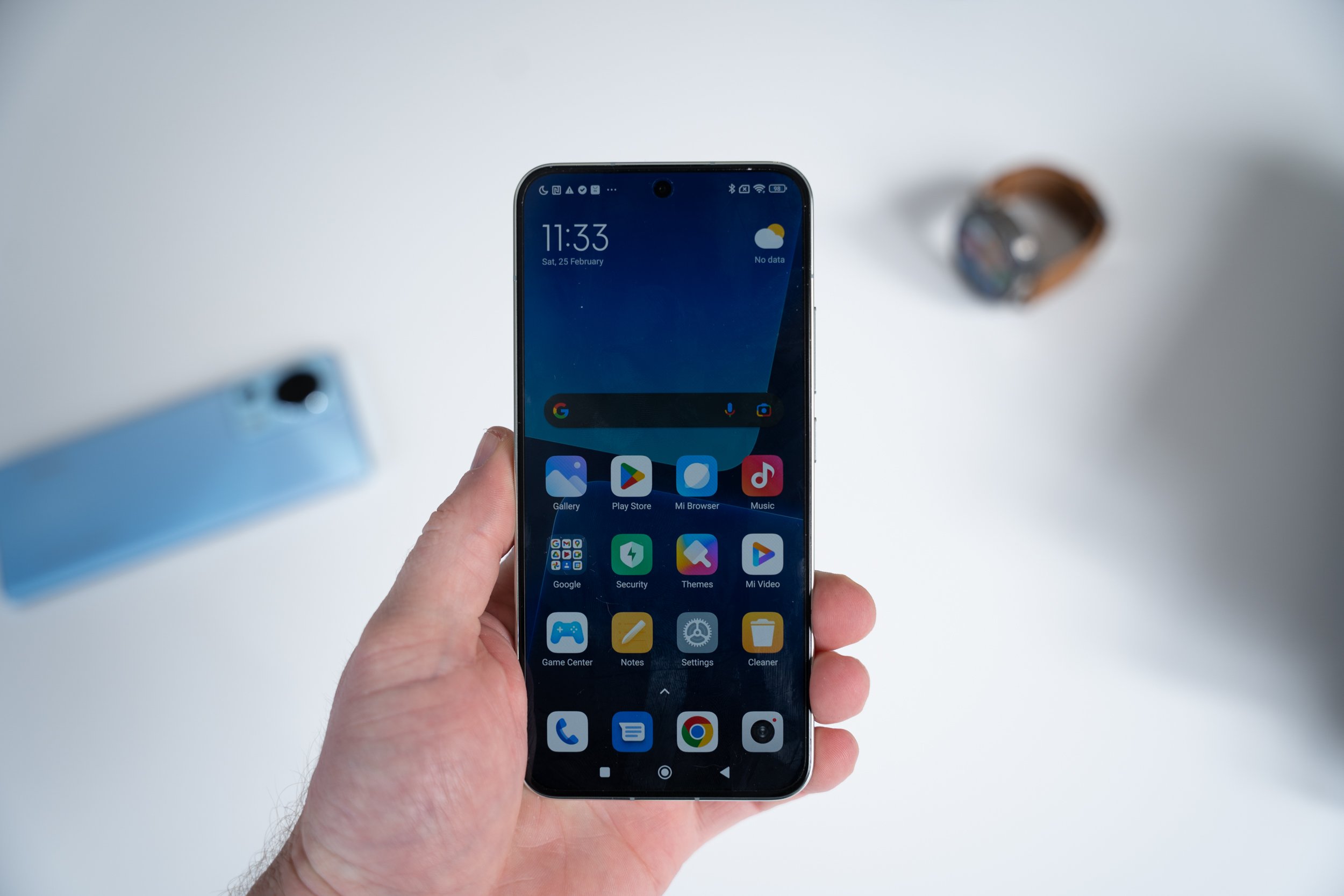The moment we’ve all been waiting for has finally arrived. Samsung has finally pulled back the curtain and unveiled the Samsung Galaxy S10, S10+ and S10e at its Unpacked launch event in San Francisco today, along with its first foldable-display smartphone, the Samsung Galaxy Fold. Typically, Samsung has waited until Mobile World Congress to show off its new lineup, but this launch event was so big that Samsung wanted to make sure that it didn’t need to share the spotlight with other companies.
While the Samsung Galaxy Fold may be the most exciting device in Samsung’s 2019 lineup, the Galaxy S10 devices are arguably more important to Samsung and to its customer base. Rather than releasing two devices, Samsung is expanding it Galaxy S10 lineup to three smartphones this year with the standard Galaxy S10, a larger Galaxy S10+, and the all-new Galaxy S10e which Samsung is positioning as an alternative to the Apple iPhone Xr.
There are clear differences between the three new Galaxy S10 devices, but the phones to share a lot of the main components. We’ll start things off by highlighting what they have in common first.
The similarities

The cheapest version of each device will come with the same Qualcomm Snapdragon 855 (North America) or Exynos 9820 (Europe, Asia) processor with 6GB of RAM and 128GB of storage. Samsung is still keeping the 3.5mm headphone jack and microSD card support (up to 2TB). The devices will all feature USB C ports for charging, bottom-firing speakers, wireless charging, and IP68 dust and water resistance.
The bodies of the phones feature metal frames which are sandwiched between glass on both sides. While this doesn’t sound like it’s much different than the previous two generations of Galax yS smartphones, these new devices have edge-to-edge displays which are enabled by Samsung’s new Infinity-O AMOLED panels which have a hole-punch cutout for their front-facing cameras.
Unfortunately, Samsung has removed the iris scanning tech that’s been featured on its Galaxy S devices the past few years. Instead, Samsung will be enabling a basic face-unlock feature which will use the front-facing cameras of the new phones.

From a software perspective, the three phones are pretty much identical, running Android 9 (Pie) with Samsung’s new One UI layer on top. This new software layer is much better than what we’ve seen from Samsung in the past, tweaking the interface to be more accessible since smartphone displays are getting larger and larger. Many of the UI elements have been shifted down to the middle of the screen so that you can easily reach them with your thumb rather than needing to play finger gymnastics and readjust your grip just to tap the newest text message or return a call you just missed.
The differences
Samsung’s Galaxy S10+
Samsung’s largest phone features a 6.4-inch display with a resolution of 1440 x 3040. Like we’ve seen the last few years, the display on this phone curves over the sides, giving it a nice aesthetic. Unlike the other two phones, the S10+ has two front-facing cameras which peek through its double-wide hole-punch in the top right corner of the display. The main camera has a 10MP sensor with an f1.9 lens while the secondary 8MP sensor will be used to calculate depth for selfie portrait shots. The triple camera setup on the back of the phone includes a 12MP, f/1.5, 77-degree (regular) lens, 12MP, f/2.4, 45-degree (telephoto) lens and 16MP, f/2.2, fixed-focus 123-degree (ultrawide) lens.

While the iris scanner has been a prominent feature of Samsung Galaxy devices the past few years, the company is dropping the tech in favor of an ultrasonic fingerprint sensor before the display and a basic face-unlock feature which uses the front-facing camera. In addition to is basic wireless charging functionality, the Galaxy S10+ also features reverse wireless charging which allows it to charge other smartphones or accessories which have wireless charging capabilities.
Buyers will be given the option to choose 6, 8 or 12GB of RAM with internal storage options ranging from 128GB up to 1TB. The highest storage and RAM options are reserved for the ceramic-backed variant of the Samsung Galaxy S10+ which will sell for $1499.
Samsung Galaxy S10
Slotting in between the larger and smaller phone, the Samsung Galaxy S10 has a 6.1-inch 1440 x 3040 AMOLED display and the same curved edges as its larger sibling. The camera setup on the Galaxy S10 matches that of the Galaxy S10+, minus the depth sensor on the front which means that the hole-punch cutout in its display is smaller.

The Samsung Galaxy S10 also comes with an ultra-sonic fingerprint sensor embedded below its display and will feature reverse wireless charging like the S10+. Samsung will also offer the S10 with the option of 6 or 8GB of RAM along with 128 or 512GB of storage.
Samsung Galaxy S10e
The smallest of the three is the Samsung Galaxy S10e with its 5.8-inch 1440 x 2960 AMOLED display which is flat, something we haven’t seem on a Galaxy S device in quite a long time. While the phone is smaller and less feature-rich than its larger siblings, it’s still quite compelling. It will share the same 10MP front-facing camera with the regular Galaxy S10, but camera system on the back of the phone has been downgraded, removing the 12MP telephoto sensor and lens found on the other two devices.
The Galaxy S10e will also not feature an ultrasonic in-display fingerprint sensor. Instead, Samsung has opted to equip the phone with a side-mounted sensor, similar to what we’ve seen on Sony devices in the past. With 6GB of RAM and 128GB of storage, buyers will not have a lot of upgrade options available with the Galaxy S10e.
Pricing
As with the past few Galaxy S launches, Samsung is aiming to get its new smartphones into as many hands as quickly as possible. The Samsung Galaxy S10 smartphones will be available unlocked and through third-party retailers in the US and across the globe. AT&T, Sprint, T-Mobile, Verizon and other smaller service providers in the US will be offering the phones their customers in the US, as will dozens of other service providers across Europe and Asia.
The starting price to get the cheapest Galax yS10e is $749, but you’ll have to shell out $900 for the base Galaxy S10 and $1,000 for the Samsung Galaxy S10+. Of course, prices will go up from there based on how much RAM or storage you opt for.










Comments